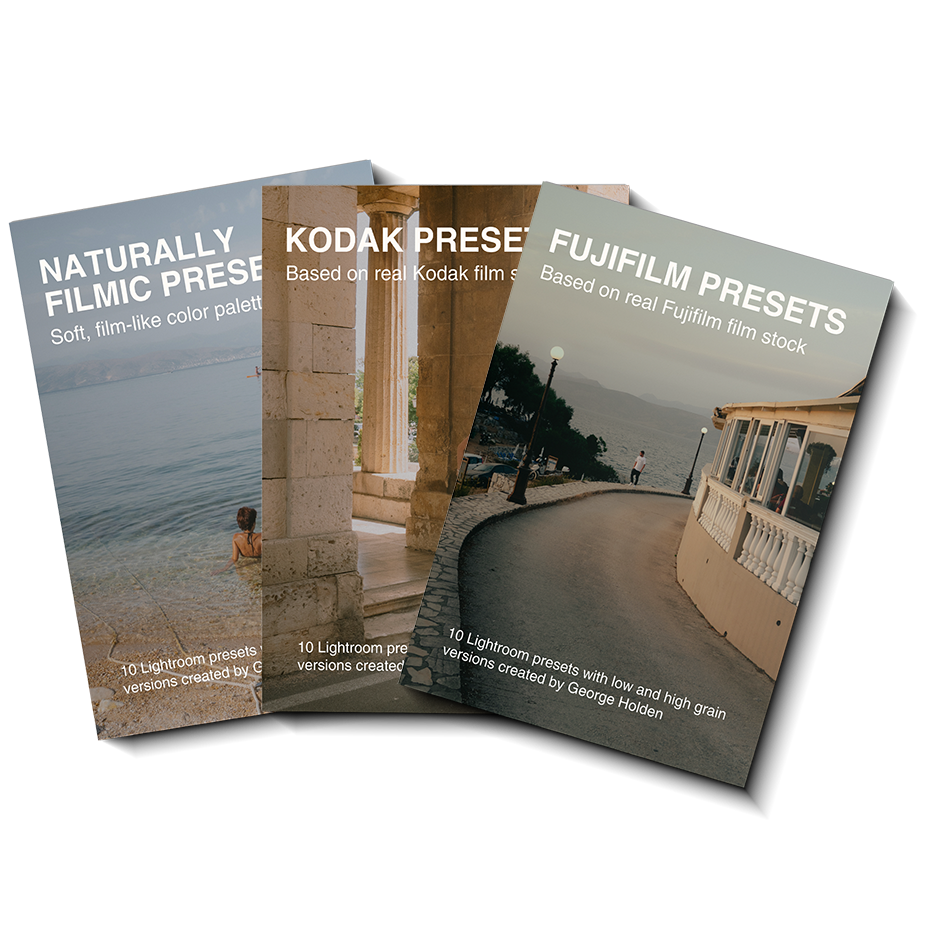A 40mm Sony RX1R III Alternative for Street Photographers
When you're searching for a small, fixed-lens, full-frame camera, the original RX1 likely comes to mind. It's been almost a year since a video was made about that camera, and it was celebrated as a small, fixed-lens, leaf-shutter street photography legend. While that camera is no longer around, it's been happily replaced by something arguably more capable: the new RX1R Mark III.
Like many, hope for an update to the RX1 line had dwindled. It seemed Sony had, in a way, already cannibalized it with the A7C and other tiny full-frame cameras. Would they really make a new one, even with market demand? Much to everyone's surprise, and despite a fleeting moment of checking if it was April 1st, Sony did indeed drop the RX1R Mark III, a release that has sparked some controversy around its price.
What about a 40mm alternative?
"Wait, why is it 40mm? The Sony RX1R Mark III has 35mm, and then we can crop. Why would you want a 40mm version of this?" The inspiration for a 40mm version of a compact street photography camera with a full-frame sensor came from cameras like the Leica Q343 and the Ricoh GRIIIX. When it came to choosing a 40mm lens for the A7C II, the "Naughty 40" was selected over the "Nifty 50." This lens is more plasticky and 10mm shorter in focal length. It was even used for a handful of images in Manchester last year that were quite satisfying. Considering ownership of the Sony 40mm G 2.5, this Viltrox version delivers the majority of the quality of the Sony for about one-quarter of the cost. In terms of the law of diminishing returns, the Viltrox clearly wins.
Sure, this Viltrox 40mm f2.5 for Sony E-mount isn't the Zeiss 35mm f2 of the RX1, but few lenses are. It doesn't have the build quality or visual aesthetic of the Sony 40mm G version, but for creating a lightweight, easy-to-carry, great-value street photography setup for a 40mm full-frame compact camera, it's hard to go wrong with this lens.
The Reality of Premium Compacts
The appeal of the Sony RX1R Mark III shouldn't be discounted. Much like the Leica Q cameras or the Fuji X100 line, there's something special about a compact fixed-lens leaf-shutter camera for street photography. The experience is hard to match. However, for the same amount of money, you could pick up two Leica Q cameras or a Leica Q and the X100 VI, which seems like the best of both worlds without committing solely to the Sony.
Perhaps the most laughable aspect of Sony cameras, a hard pill to swallow at times, is the persistent use of the same terrible 2.3 million dot EVF on models like the A7C, A7C2, A7CR, and A6700. For around five grand, you're getting the same low-resolution, low-magnification EVF found on the original A7C used, which presents a questionable value proposition in the ergonomics department. Furthermore, they removed the articulating screen of the RX1R Mark II, whereas an A7C camera offers a fully articulating screen that's great for video and decent for photography, providing more options for less money.
The True Purpose of Compact Cameras
There were a few key instances where the RX1 was specifically chosen. For example, taking photos in an airport. It felt uncomfortable bringing out a larger interchangeable lens camera, even with a smaller lens, to take photos in an airport. With the RX1, it felt like simply pulling out a little point and shoot that delivered exceptional image quality, making it much more comfortable to use in such situations. This truly highlights the place for these types of cameras—whether it's the RX1, a Ricoh, or a Fuji X100 (perhaps not a Leica Q, as they start to get a bit big). These cameras shine when you don't intend to take photos, but if the opportunity arises, you want the best image quality possible. If you carry a large DSLR-style mirrorless camera everywhere, even if you don't intend to take photos, it can feel like overkill and get in the way. Having these smaller compact cameras means you can take the camera with you to more places. However, it's hard to argue that this specific use case is worth $5,000. Personally, that's too much money. So, if you're looking for a camera like that, countless other options exist: a Ricoh, a smaller micro four-thirds camera, another compact camera, or even an older Fuji X100 (still too expensive for what they're worth). These alternatives still offer a similar value proposition to the Sony RX1R Mark III.
Ultimately, the first people to buy this camera new will likely be those making videos about it or those who don't truly understand what makes a good camera. For the rest of us, it'll be something to pick up on the used market in a few years, as long as demand doesn't remain as high as it is now.












